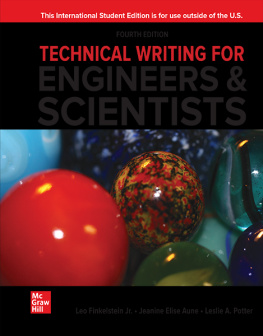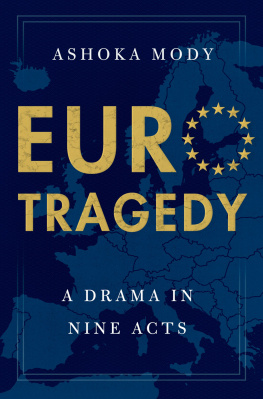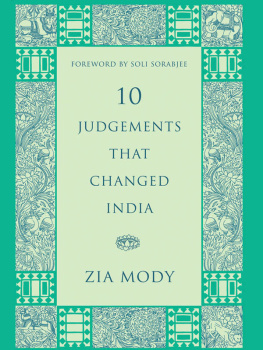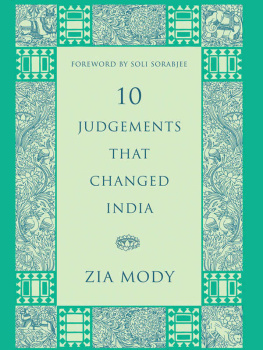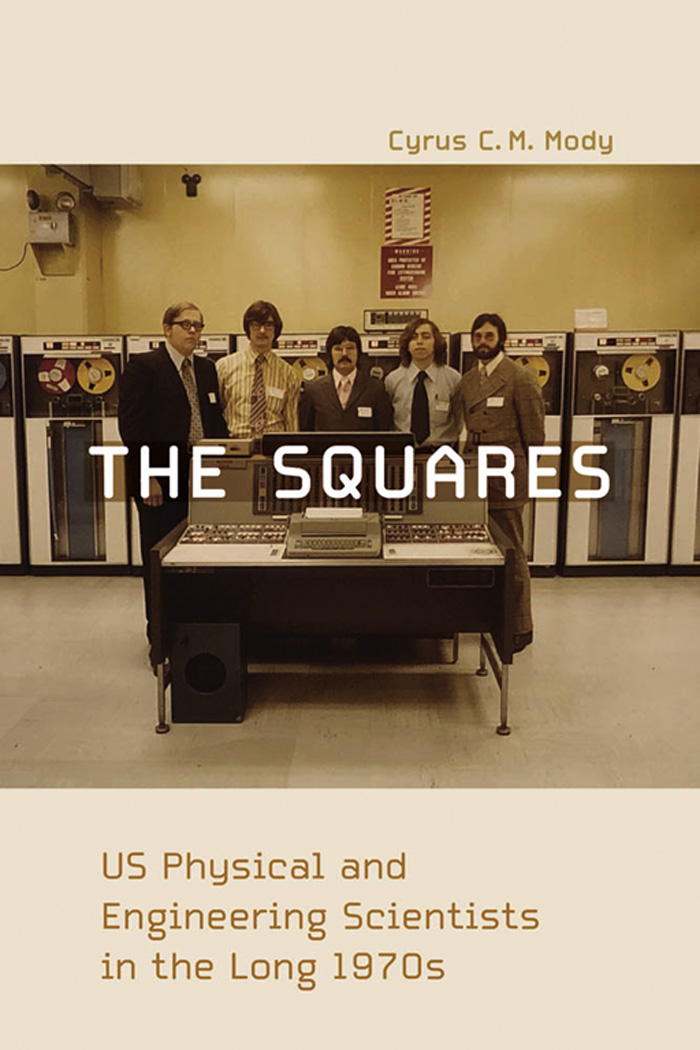
The Squares
Inside Technology
Edited by Wiebe E. Bijker, Trevor J. Pinch, and Rebecca Slayton
A list of books in the series appears at the back of the book.
The Squares
US Physical and Engineering Scientists in the Long 1970s
Cyrus C. M. Mody
The MIT Press
Cambridge, Massachusetts
London, England
2022 Massachusetts Institute of Technology
This work is subject to a Creative Commons CC-BY-NC-ND license.
Subject to such license, all rights are reserved.

The open access edition of this book was made possible by generous funding from Arcadiaa charitable fund of Lisbet Rausing and Peter Baldwin.

The MIT Press would like to thank the anonymous peer reviewers who provided comments on drafts of this book. The generous work of academic experts is essential for establishing the authority and quality of our publications. We acknowledge with gratitude the contributions of these otherwise uncredited readers.
This book was set in Scala and ScalaSans by New Best-set Typesetters Ltd.
Library of Congress Cataloging-in-Publication Data
Names: Mody, Cyrus C. M. (Cyrus Cawas Maneck), 1974 author.
Title: The squares : US physical and engineering scientists in the long 1970s / Cyrus C. M. Mody.
Description: Cambridge, Massachusetts : The MIT Press, [2022] | Series: Inside technology | Includes bibliographical references and index. | Identifiers: LCCN 2021035172 | ISBN 9780262543613 (paperback)
Subjects: LCSH: ScienceUnited States. | ScientistsUnited States. | EngineersUnited States. | Physical scientistsUnited States.
Classification: LCC Q149.U5 M63 2022 | DDC 502.373dc23
LC record available at https://lccn.loc.gov/2021035172
10 9 8 7 6 5 4 3 2 1
d_r0
For Daria Lara Mody: may she rise calmly
Contents
Preface and Acknowledgments
I doubt that I am unusual in writing books partly for myself: for the pleasure of writing, of solving the puzzle of how to organize a chapter, of discovering what I actually know by putting my thoughts into words. But any book that is published is also written for others: family, friends, colleagues, and hopefully wider, unknown audiences. The latter, especially, deserve some thanks for taking a chance on a strangers book. So if you are reading this and we dont know each other, well, consider yourself acknowledged! I hope to thank you personally someday. Similarly, if youre reading this and were related, well, I cant thank you enough. Karen and Daria, in particularthis book is just one small souvenir from our adventures together. Whatever is hopeful and optimistic in what follows owes everything to you.
So much for family and strangers. That just leaves friends and colleagues. Any list would be incomplete and unsatisfactory, so I wont aim to be comprehensive. Instead, let me try to thank a few people and organizations for their specific contributions to each of the chapters. Unfortunately, word counts and memories are finite, so I will neglect some of you. If you are one of those not explicitly acknowledged here, please know that you are one of those for whom this book was written and without whom it could not have been written. Also, some of you are only thanked once, whereas you should know that I am grateful for too many occasions of your assistance and intervention to count.
The overview of the books argument that appears in chapters 1 and 7 was rehearsed earlier in an article in Centaurus that benefited from advice from Matthias Heymann, Ida Stamhuis, Mike Egan, and anonymous referees; a white paper for the Washington Center for Equitable Growth commissioned by Jonathan Moreno and Ed Paisley and discussed at a workshop attended by Heidi Voskuhl, Chris Jones, and several of those thanked here; a presentation at the MIT-Wharton National Science Foundation (NSF) Conference for which I was suggested by Sonali Shah; and a plenary address to the Society for the Studies of New and Emerging Technologies (S.NET) courtesy of Harro van Lente and Tsjalling Swierstra. Audiences at Cornell University, The University of Texas at Dallas, University of Notre Dame, and Seoul National University also saw talks that summarized the book as a whole. In addition, my thinking on the long, lean 1970s benefited from conversations with colleagues at Rice University (especially Randal Hall and Carl Caldwell), at the University of Houston (especially Julie Cohn, Ioanna Semendeferi, Kairn Klieman, and Jimmy Schafer), and at Maastricht University (especially Dani Shanley, Darryl Cressman, Geert Somsen, Vincent Lagendijk, and Tom Turnbull).
A semipopular version of chapter 2 appeared in Physics Today at the invitation of Charles Day after he saw me on a panel at the 2013 American Physical Society (APS) March Meeting in Baltimore that Joe Martin organized. Versions with more footnotes have also appeared in two very different edited volumes: Groovy Science, edited by David Kaiser and Patrick McCray, and Public Universities and Regional Growth, edited by Martin Kenney and David Mowery. My thanks to all four of them, plus the other authors in those volumes. At Anna Guagninis suggestion I also supplied a paper based on this chapter for a workshop at the Max Planck Institute for the History of Science organized by Alexander Schwerin, Jaromr Balcar, and Florian Schmaltz. In addition, I presented this material to a group that influenced this book in many ways, the Maastricht University Science, Technology, and Society Studies (MUSTS) research program. This chapter would not have been possible without the generous help of the University of California, Santa Barbara (UCSB) Physics Department, Philip Wyatt, Virgil Elings, Mike Buchin, and Linda and Dan Phillips.
A version of chapter 3 was originally slated for Groovy Science and therefore received feedback from participants in the workshop that led to that volume. Particular thanks go to Michael Gordin (in this instance as host, but for much else besides), Matt Wisnioski, and Laura Stark (for her insightful comments on a very draft-y paper). As it turned out, that paper was instead published in Investigating Interdisciplinary Research, edited by Scott Frickel, Barbara Prainsack, and Mathieu Albert. Some elements of this chapter were developed in collaboration with Mara Mills and in a separate collaboration with Andrew Nelson that resulted in an article in the Osiris volume edited by Julia Kursell, Alix Hui, and Myles Jackson (with thanks to the participants in that volumes Catfish Workshop). Other pieces of this chapter appear in the Oxford Handbook of Sound Studies, edited by Trevor Pinch and Karin Bijsterveld. Audiences at UCSB, Rice University, The University of Texas at Austin, the Society for the History of Technology, and the Society for Social Studies of Science gave useful feedback. So did the members of the Descartes Center at Utrecht University, where I was invited to speak by Bert Theunissen at the suggestion of Frank Huisman.
That talk then led to my presenting a version of chapter 4 for the Science, Technology, and Policy Studies (STePS) Program at University of Twente at the invitation of Lissa Roberts. I also spoke about NASA and socially relevant research at Carnegie Mellon University thanks to David Hounshell, Erica Fuchs, and Hassan Khan. Members of the MUSTS group read a version for our Summer Harvest organized by Alexandra Supper, as did participants in the NASA and the Long Civil Rights Movement Conference organized by Brian Odom. Matt Hersch, Asif Siddiqi, and Peter Westwick offered helpful advice and encouragement as I made my first foray into space history.
Next page

